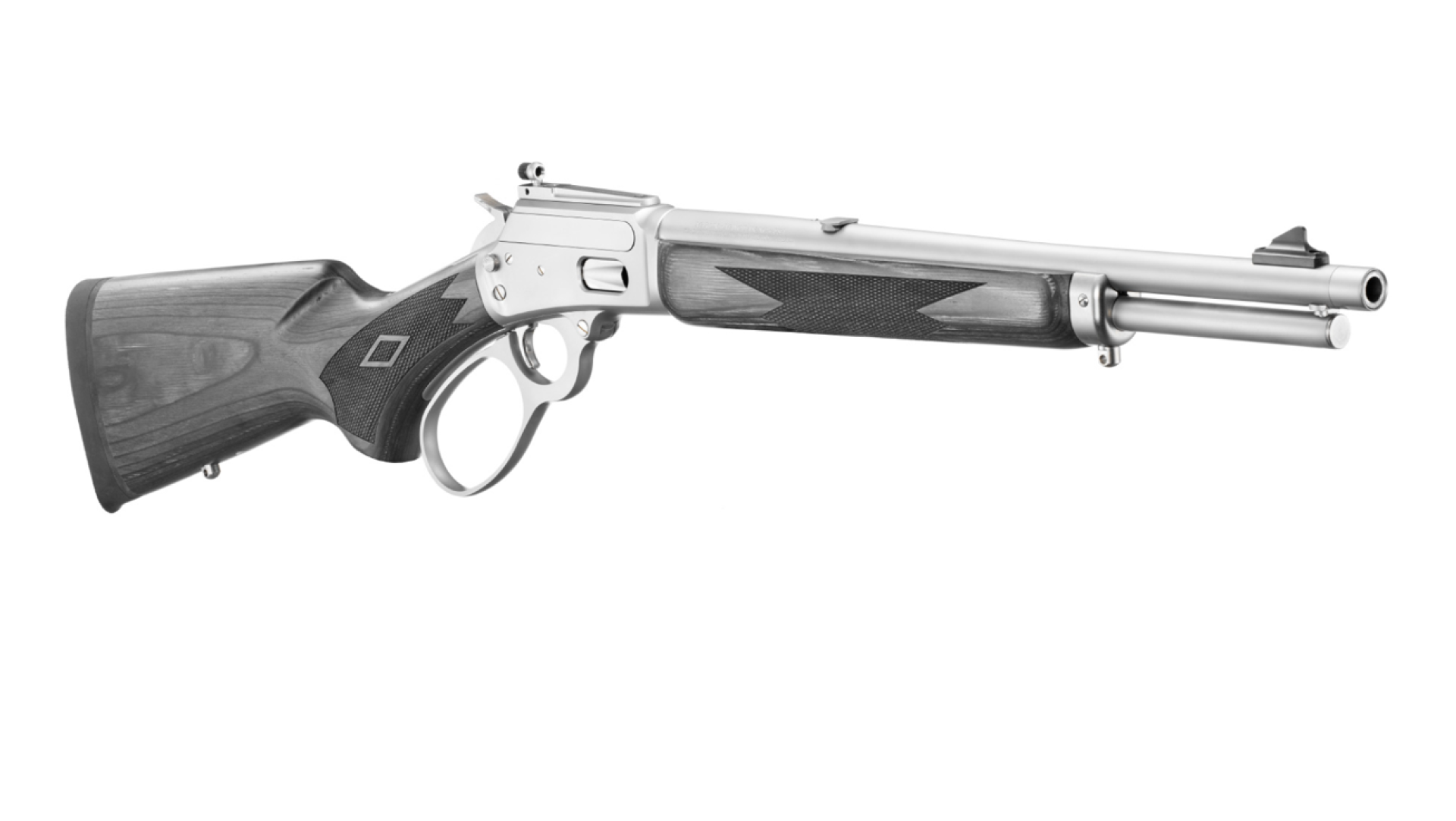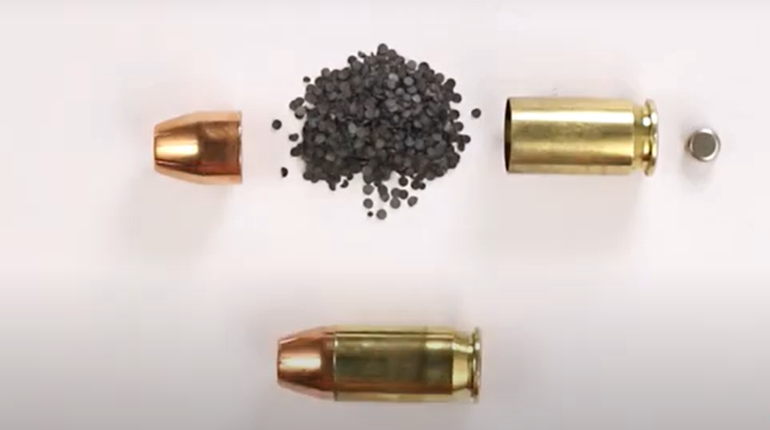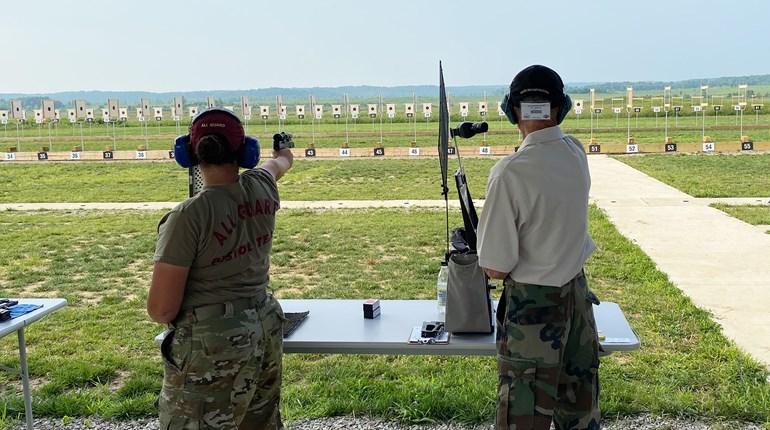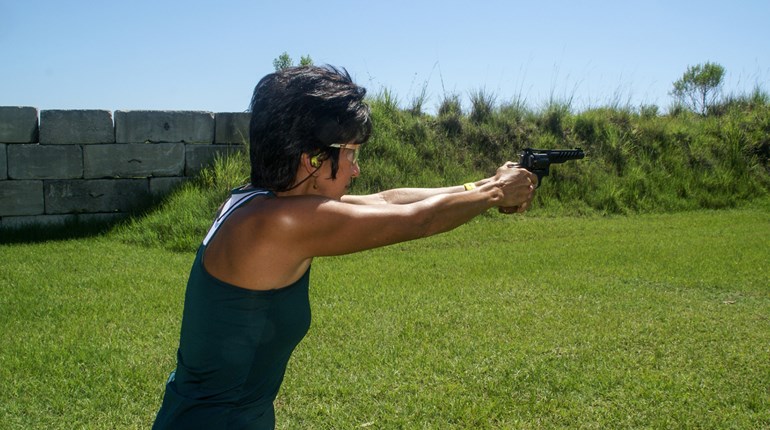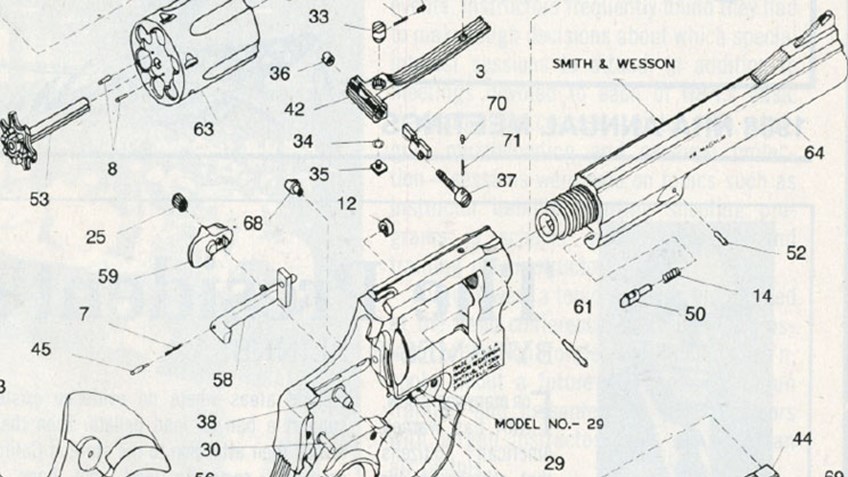
How do guns work? Regardless of design, every firearm must follow a strict sequence of of mechanical events known as the cycle of operation. The cycle of operation consists of eight steps. In this article, we'll cover firing, unlocking and extraction.
Firing
Pulling the trigger releases one of the following:
- the hammer, allowing it to strike the firing pin, or
- the spring-powered striker, or
- the bolt, allowing the fixed firing pin on the bolt fact to strike the cartridge's primer as the bolt reaches the end of forward travel.
When the firing pin, striker or bolt reach the end of forward travel, the firing pin strikes the primer in the cartridge base. As the firing pin's tip indents the primer cup, the priming compound is crushed between the indent and the primer anvil. The priming compound explodes, sending hot gases through the flash-hole into the propellant powder. The pressure and temperature of the propellant powder rises quickly, causing it to begin burning rapidly. As the propellant burns, it produces hot, expanding gases that accelerate the bullet or shot charge down the barrel.
Unlocking
After the bullet or shot charge has cleared the muzzle, breech pressure quickly drops to ambient levels. The bolt or breech block can then be unlocked by the operating mechanism.
Extraction
As the breech pressure drops, the cartridge case springs back to its original dimensions. When the bolt unlocks, one or more mechanical extractors on the bolt grasp the rim of the cartridge case, loosen it with primary extraction, then pull it out of the chamber as the bolt moves rearward. Note the cartridge may be fired or unfired. There are two types of extractor:
- internal (located inside the bolt face); and
- external (located outside the bolt face).






